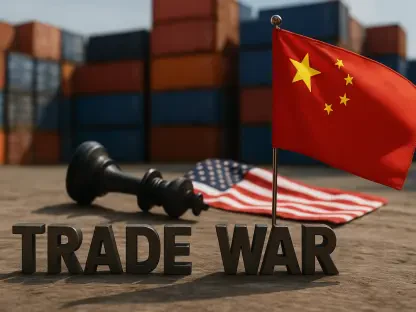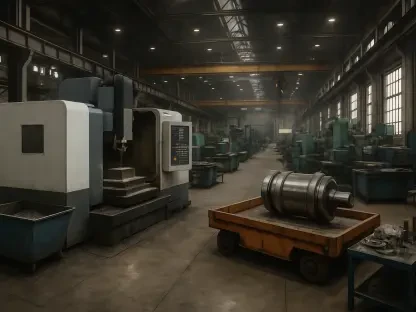Navigating Stagflation: A Strategic Outlook
Amid rising concerns of stagflation—a perplexing cocktail of inflation with stagnant economic growth—Bank of America analysts are presenting a more hopeful narrative. The institution forecasts not an era of slump but a cyclical boom on the horizon for the US economy. This analysis discusses their position, examining various factors anticipated to drive this economic momentum.
Historical Concerns and Stagflation Implications
The specter of stagflation has haunted economists since the 1970s, compelling policymakers to rethink traditional recession strategies. Originally, the term gained notoriety due to inflationary pressures coinciding with reduced growth, a situation complicating standard responses such as interest rate adjustments. The imposition of tariffs by President Donald Trump raised alarms about economic instability. Yet, the current economic climate suggests these fears may have been exaggerated.
Strategic Insights Driving Optimism
Economic Policies and Legislative Advances
Central to the positive outlook are President Trump’s pro-growth measures, notably tax reductions and ambitious infrastructure investments seen in the “Big Beautiful Bill.” These initiatives seek to stimulate domestic manufacturing while alleviating regulatory bottlenecks. Such measures are deemed critical in harnessing economic dynamism, potentially counteracting adverse tariff impacts and nurturing growth.
Technological Investments Spearheading Growth
Another pivotal component of economic foresight is the massive investment influx into cutting-edge sectors like artificial intelligence. Projections underscore approximately $700 billion in capital expenditures by 2027 from key players or “hyperscalers.” These investments promise to bolster global competitiveness, offering a robust foundation for continued prosperity.
Analyzing Economic Patterns and Metrics
Using a suite of economic indicators, analysts have identified an upward trajectory signaling a recovery phase, typically occurring post-economic downturns. Metrics including improved earnings per share revisions and promising GDP forecasts support a narrative of renewal. These improvements, coupled with manufacturing indexes moving into expansionary zones, paint a positive economic picture.
Emerging Transformations: Innovation and Strategy
The economic landscape is evolving, with technological advancements such as AI heralding transformative shifts. Such innovations ensure adaptability and may define economic success moving forward. Identifying potential trends, analysts suggest technological developments and policy shifts could redefine economic standards.
Strategic Recommendations Amid Changing Dynamics
Professionals and businesses can strategically engage with emerging opportunities by investing in AI-driven sectors. Prioritizing policy adaptations to capture these opportunities is vital for economic robustness. Businesses are advised to leverage this analysis, navigating risks to reinforce decision-making and capitalize on growth potential.
Reflecting on Economic Pathways and Implications
The trajectory forged by strategic policies and innovative investments underscores the broader possibility of circumventing stagflation, leaning instead toward cyclical revival and robust growth. As this analysis indicates, a deeper understanding of these factors is essential not only for immediate economic health but also for lasting prosperity. Stakeholders are encouraged to harness these insights to shape an economically viable future.









